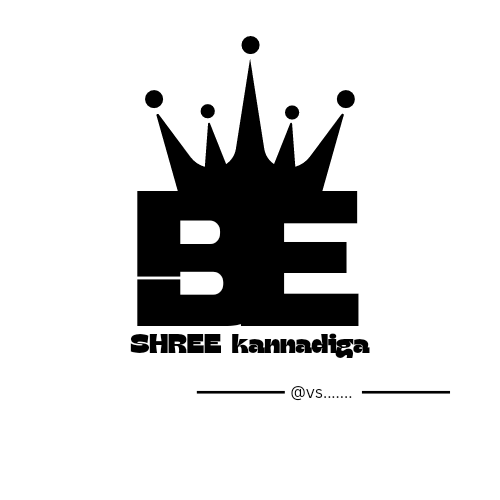well come to indian air force .
the indian air force (IMA) is the air arm of the indian armed forces. Its primary mission is to secure indian airspace and to conduct aerial warfare during armed conflicts.it was officially established on 8 October 1932 as an auxiliary air force of British india which honoured Indians aviation service during world war.
since 1950,the IAF has been involved in four wars with neighbouring Pakistan .other major operations undertaken by the IAF include operation Vijay ,operation meghdoot , operation cactus and operation Poo Malai. the IAFs mission expands beyond engagement with hostile forces, with the IAF participating in united nations peacekeeping missions .
the president of the india holders the rank of supreme commander of the IAF .as of 1 January 2025m,135,000 personnel are in service with the indian air force .the chief of the air staff, an air chief marshal ,is a four-star officer and is responsible for the bulk of operational command of the air force. there is never more then one serving ACM at any given time in the IAF .the rank of marshal of the air force has been conferred by the president of Indian the occasion 2002, Singh became the first and so far, only five -star rank officer of the IAF.
mission.
the IAFs mission is defined by the armed forces act of 1947 ,the constitution of indian , and the air force act of 1950. it decrees that in the aerial battlespace :
defence of india and every part there of including preparation for defence and all such acts as may be conducive in times of war to its prosecution and after its termination to effective demobilisation.
* the primary objective of IAF is to defend the nation and its airspace against air threats in coordination with army and navy.
*the secondary purpose is to assist civil power during natural calamities and internal disturbances.
*the IAF provides close air support to the indian army troops in the battlefield and also provides strategic and tactical airlift capabilities.
*IAF also provides strategic air lift or secondary airlift for the indian army.
*the IAF also operates the integrated space cell together with the other two branches of the indian armed forces, the department of space and the indian space research organization (ISRO).
*Resucue of civilians during natural from disasters
*evacuation of indian nationals from foreign countries in case of instability or other problems.
in practice ,this is as a directive meaning the IAF Bearbs the responsibility of safeguarding indian airspace and thus furthering national interests in conjunction with the other branches of the armed forces .the IAF provides close air support to the indian army troops on the battlefield as well as strategic and tactical airlift capabilities. The Intergrated space cell is operated by the indian armed forces the IAF provides close air support to the indian army troops an the battlefield as well as strategic and tactical aircraft capabilities . the integrated space cell is operated by the indian armed forces ,the civilian department of space, and the indian space research organisation .by uniting the civilian run space exploration organisations and the military faculty under a single integrated space cell the military is able to efficiently benefit from innovation in the civilian sector of space exploration ,and the civilian department benefit as well.
the indian air force ,with highly trained crews, pilots ,and access to modern military assets provides india with the capacity to provide rapid response evacuation ,search -and -rescue (SAR) operations, and delivery of relief supplies to affects areas via cargo aircraft ,the IAF provide extensive assistance to relief operations during natural calamities such as the Gujarat cyclone in 1998,the tsunami in 2004, and north india floods in 2013 . the IAF has undertaken relief missions such as operation rainbow in Sri Lanka.
HISTORY.FARMATION AND EARLY PILOTS
the indian air force was established on 8 October 1932 in British india as an auxiliary air force of the royal air force .the enactment of the indian air force act 1932 stipulated out their auxiliary status and enforced the adoption of the royal air force uniforms ,badges ,prevents and insignia . on 1 squadron ,with four Westland wapiti biplanes and five indian pilots .the indian pilots were led by British RAF commanding officer flight lieutenant (later air vice marshal) Cecil Bouchier.
world war 2 (1939-1945)
during world war 2,the IAF played an instrument Rolain halting the advance of the Japanese army in Burma, where the first the first IAF air strike was executed .the target for this first mission was the Japanese military base in Arakan ,after which IAF strike which IAF strike mission continued against the Japanese air based at Mae Hong son ,Chiang Mai and Chiang rai in norther Thailand.









.jpg.webp)




